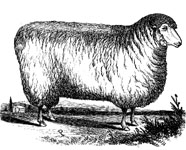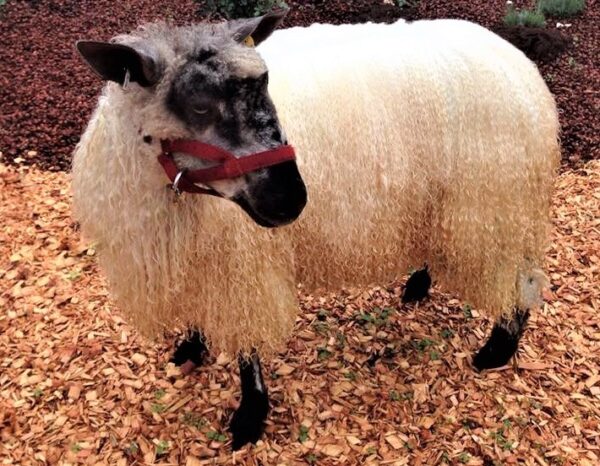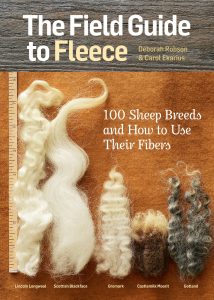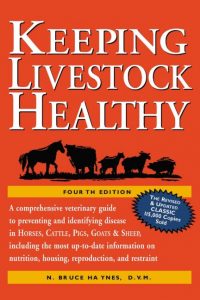
Breed Facts
Status:
Critical
Use:
Meat, Wool
Adult Weight:
Rams: 250-300 lbs. Ewes: 150-250 lbs.
Temperament:
Alert, Spirited but docile
Experience Level:
Novice – Intermediate
Notes:
Large, slow-growing, low-lanolin, kemp-free luster longwool; may be shorn up to twice a year; used as terminal sires in country of origin
TEESWATER SHEEP
The Teeswater sheep breed was developed in the Teeswater region of England and named for the River Tees., These large sheep grazed in the dales of the countryside and were used as sires with smaller hill sheep to produce crossbred lambs for market production.
Teeswaters were imported to the US in the 1800’s but lost popularity due to importation of other longwool breeds, like the Wensleydale, and they nearly went extinct in the 1920s.
In 1997 Dr. Gourley imported the first Teeswater and Wensleydale semen into the US, and in 1998, the first 50% Teeswater lambs were born. Additional importations of semen, embryos, and some rams have been used to develop purebred Teeswaters. A Teeswater registry was started in 1998, and the American Teeswater Sheep Association was organized in 2007. There is now reciprocity with the UK breed society for the international exchange of genetics.
This polled breed is hardy and useful for both meat and wool production. Ewes average 150-250 lbs. and rams average 250-300 lbs. They have an off-white or grey head with dark markings around the nose and ears. They have a long, fine, curly fleece, and a “topknot” on their head with locks that hang over their eyes. There should be no dark fibers in their kemp-free fleece. The average prolificacy of yearling ewes is 200% and mature ewes 250%. They are good mothers.
Their shining, lustrous fleece is popular with handspinners. It does not felt well, but is a good choice for dying. Teeswaters produce plenty of lean meat. They are docile and easy to handle, but some may be “opinionated.” They are good foragers/grazers and can be used for clearing land. They are a good breed for novice to intermediate farmers.
Did you know:
The Livestock Conservancy is America’s leading organization working to save over 190 heritage breeds from extinction. We rely on the support of our members, grants, and donations from the public to raise the $1 million needed each year to maintain our conservation work with rare breeds of farm animals. Click here to learn how you can help.
You may be interested in…

Breed Facts
Status:
Critical
Use:
Meat, Fiber
Adult Weight:
200-260 lbs.
Temperament:
Alert, Spirited
Experience Level:
Novice – Intermediate
Notes:
Large, slow-growing, low-lanolin, kemp-free luster longwool. May be shorn up to twice a year. Terminal sires in country of origin




